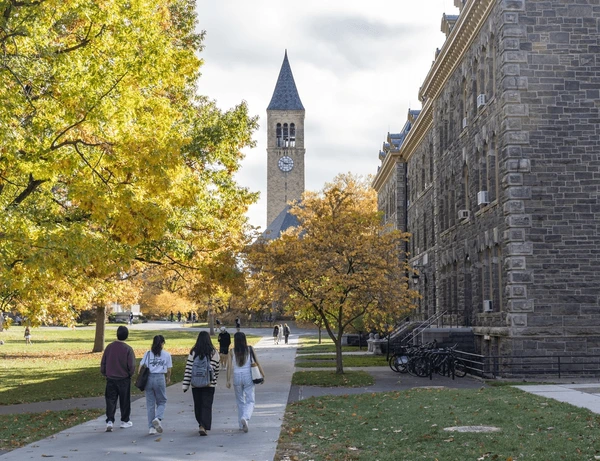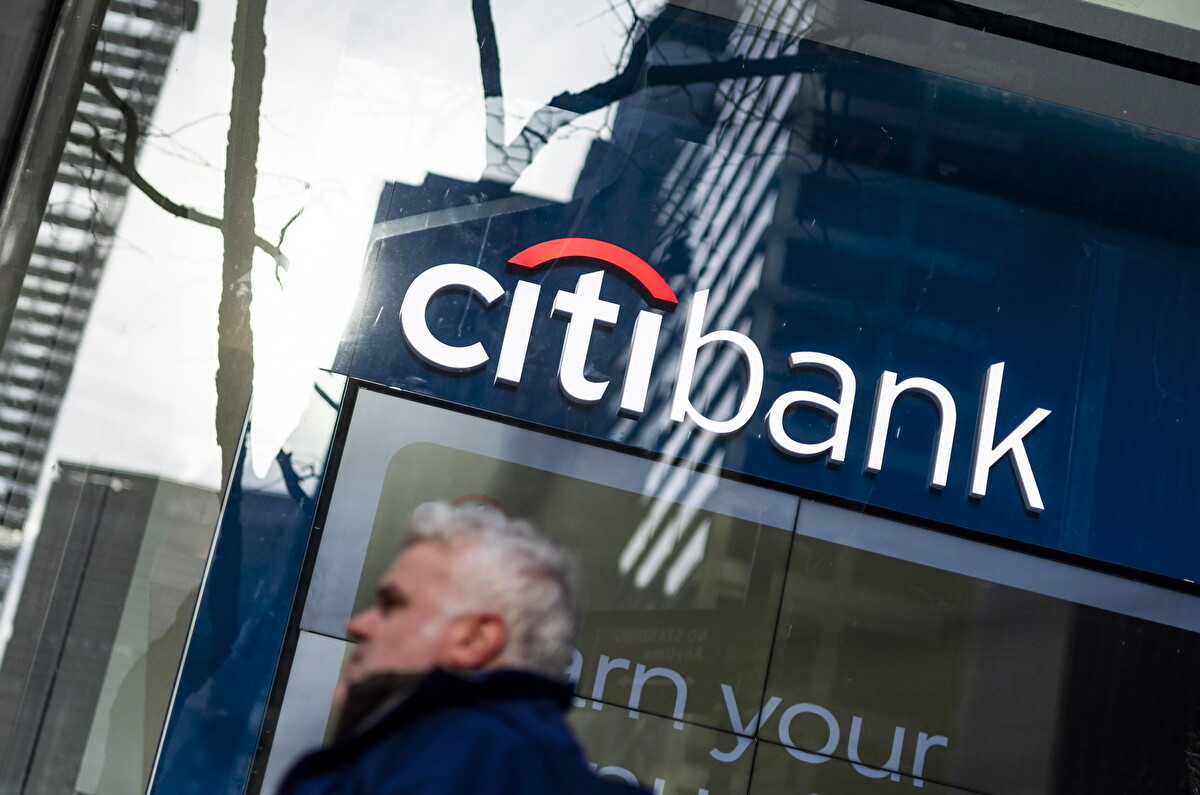Freshman enrollment in universities across the country have experienced the biggest drop since 2020, which follows a significant period of delays in the processing of federal financial aid that occurred almost a year ago.
According to preliminary data released on Wednesday by the National Student Clearinghouse Research Center, a nonprofit education group, first-year enrollment in college has dropped 5% from last year’s records.
This is the largest decline in enrollment since the COVID-19 pandemic, when the spread of the Coronavirus and the implementation of virtual, asynchronous, and distance learning disrupted the climate of higher education.
The findings come about a year after the federal student aid system was significantly held up by problems with the Free Application for Federal Student Aid form, commonly known as FAFSA, which led to major delays in this years’ processing of families’ financial data to send to school administrators. As a result, rollouts of financial aid offers were prolonged well into the summer, leaving many families struggling to assess how much college would cost them.
The numbers released by the NSCRC also reportedly point to a pattern of freshman enrollment dropping most at schools with higher populations of students from lower-income families that disproportionately depend on federal aid to afford college. According to the data, both public and private four-year schools that admit the largest shares of students receiving Pell grants, which provide a subsidy of up to $7,395 per year for lower-income students and offer a financial boost for schools that disproportionately enroll them, saw freshman enrollment decline by more than 10 percent from 2023 levels.
NSCRC’s report was based on enrollment numbers from just over half of all U.S. colleges and universities, which together account for around nine million students, although the final numbers may vary as more colleges report their freshman class sizes this semester. While the report shows declines in enrollment from students age 18 to 20, it still found that undergraduate enrollment was up by about 3 percent over all.
Ahead of the report, the Education Department published an analysis on Tuesday stating that the total number of students it expects to receive federal student aid has risen by 3 percent since 2023 and that 10 percent more students are on track to receive a Pell grant this year.
Doug Shapiro, the executive director of the NSCRC, alleged that a variety of factors, including the Supreme Court decision last year ending race-conscious affirmative action admissions, anxiety over excessive student debt and a strong labor market, may have played a part in individual decisions about college, The New York Times reported. He said it was unclear to what extent the issues with FAFSA may have contributed.
According to data compiled by the National College Attainment Network, which tracks FAFSA applications, around 212,000 fewer high school seniors applied for federal student aid for this cycle, which is a nearly 9 percent decrease from this time last year.












